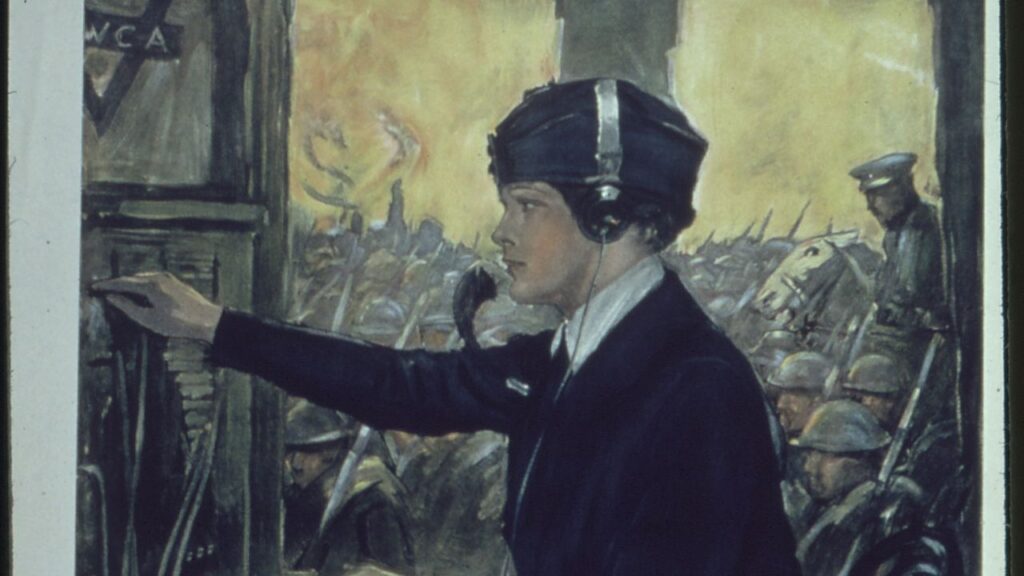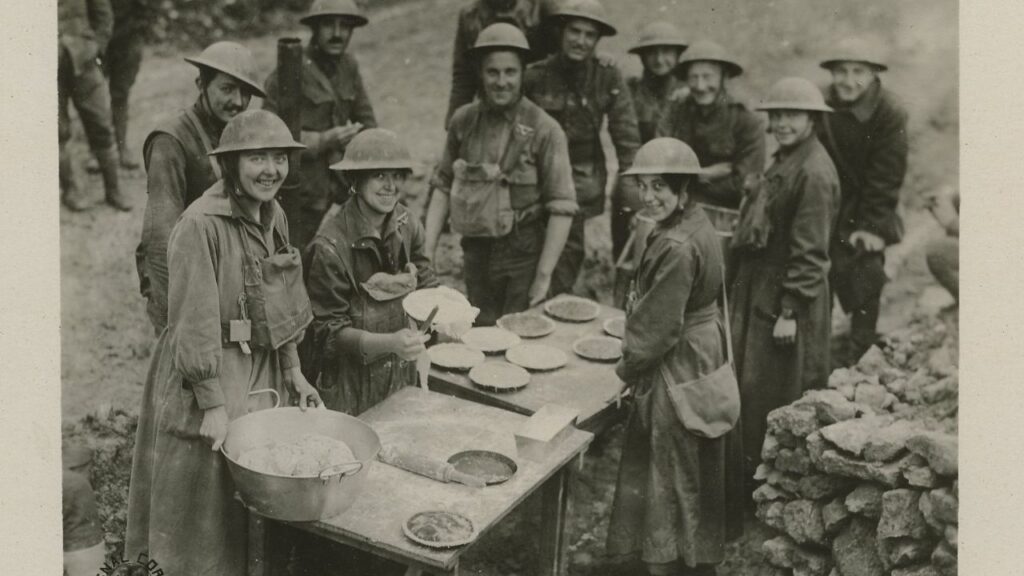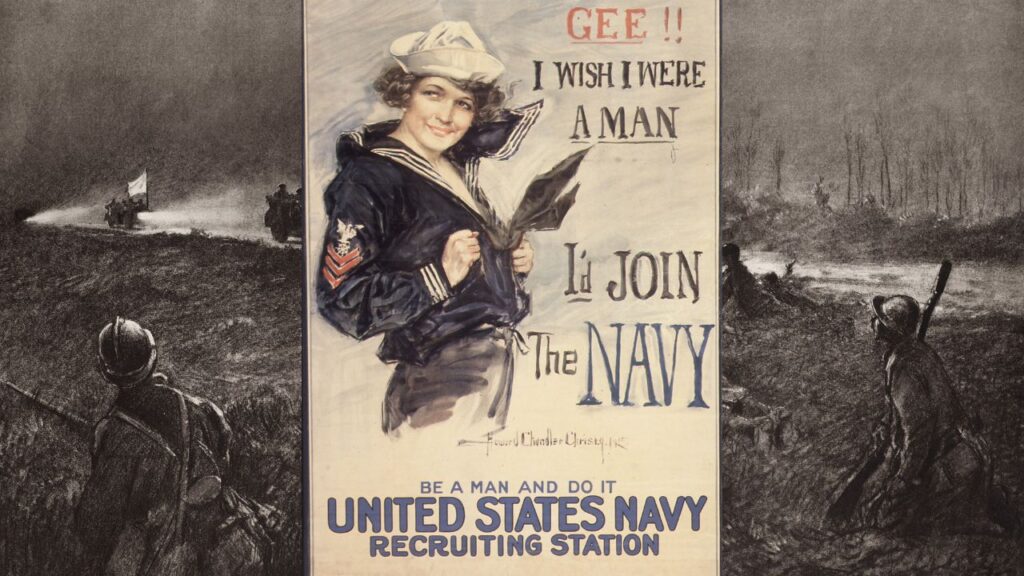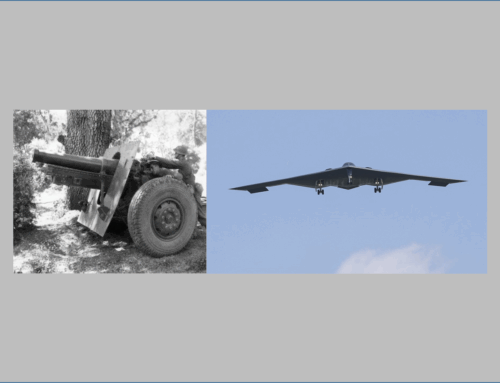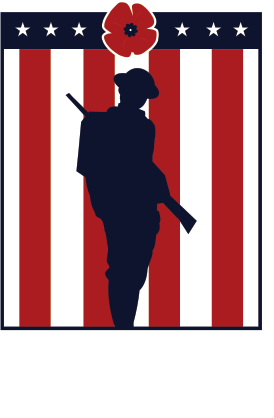I Thought Women’s Role in WWI Was Minor—Then I Discovered How They Changed America.
Published: 23 February 2025
By Gary Wood
via the Survival World website
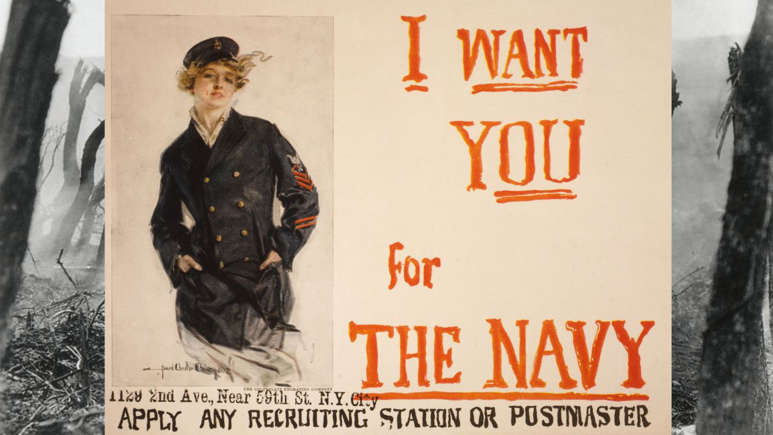
AA1zCy45
When World War I erupted, the United States was already experiencing waves of change, but for women, the war would prove to be a defining moment. Before the conflict, women were fighting for their place in society, advocating for the right to vote, and slowly entering the workforce in greater numbers. Yet, despite these early advances, their roles were still largely defined by traditional expectations of home and family.
However, war has a way of accelerating change, and World War I did just that. By the time the war ended, American women had redefined their place in society, proving their worth in industry, healthcare, and even the military. More than just temporary workers in a time of crisis, they had permanently altered the social fabric of the country. The post-war world would never look the same.
A War That Demanded Women’s Labor
At the beginning of the war, women were primarily seen as the protectors of the home front. They were expected to support the troops through patriotic gestures – sending care packages, encouraging enlistment, and maintaining the household while men were away. But as the war raged on, it became clear that women were needed for more than just morale; their labor was essential to keeping the nation running.
Millions of men left their jobs to serve in the military, creating a labor shortage that women quickly filled. Industries that had never before hired female workers – such as manufacturing and transportation – opened their doors to women. They worked in munition factories, shipyards, meatpacking plants, and other jobs that had long been considered unsuitable for them. This shift marked the beginning of a new era in which women would no longer be confined to domestic life.
The Forgotten Women of the War Effort
Long before “Rosie the Riveter” became an icon of World War II, her predecessors were hard at work in World War I. Women in the industrial sector weren’t just stepping into clerical positions; they were rolling up their sleeves and taking on physically demanding jobs.
One of the most significant yet overlooked contributions of women in this period was in the production of ammunition and weapons. These women worked tirelessly under dangerous conditions, handling explosive materials and toxic chemicals. The risks were high – many suffered illnesses due to exposure to hazardous substances – but their efforts ensured that American soldiers had the supplies they needed to fight.
Breaking Barriers in the Military
For the first time in American history, women became formal members of the armed services. Though they didn’t serve in combat roles, they worked as clerks, typists, translators, and telephone operators. The Navy introduced a group called the Yeoman (F), or “Yeomanettes,” who were officially enlisted as uniformed personnel. While they primarily performed administrative duties, their inclusion in the military set an important precedent for women’s future roles in the armed forces.
Additionally, thousands of women volunteered with the Red Cross, driving ambulances, assisting in hospitals, and rolling bandages. Their presence in the war zone was not just symbolic – it was essential. Nurses, in particular, gained newfound respect as their profession was officially recognized as a critical part of the war effort.
→ Read the entire article on the Survival World website here:
External Web Site Notice: This page contains information directly presented from an external source. The terms and conditions of this page may not be the same as those of this website. Click here to read the full disclaimer notice for external web sites. Thank you.
